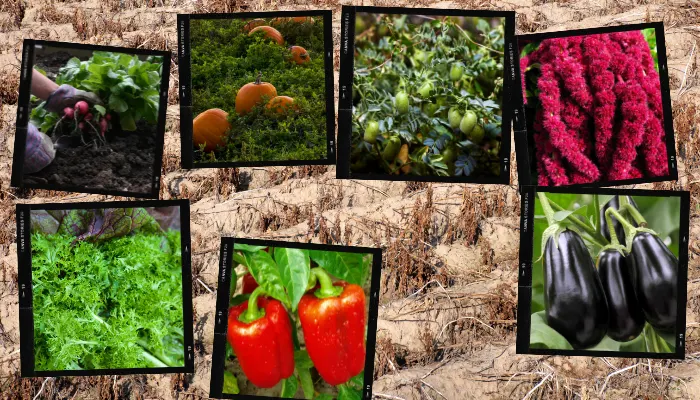Welcome to the enchanting world of medicinal herb gardens, where nature’s treasures come alive in your backyard. Imagine a symphony of scents, colors, and flavors that not only beautify your surroundings but also hold the key to ancient healing wisdom. Whether you’re a seasoned green thumb or just getting started, cultivating your own medicinal herb garden is a delightful journey that brings health, flavor, and beauty to your life.
In this article, we’ll delve into the rich history of medicinal herb gardens, explore how diverse cultures have embraced their healing powers, share intriguing fun facts, and reveal the essential plants that every garden should include. So, grab your gardening gloves and get ready to embark on a transformative adventure!
The Fragrant Path of History
Medicinal herb gardens have been a part of human civilization since the beginning.
Ancient cultures around the world recognized the healing properties of plants and developed sophisticated herbal remedies. From the ancient Egyptians and Greeks to the indigenous tribes of the Americas and the traditional systems of Ayurveda and Traditional Chinese Medicine, medicinal herb gardens played a central role in their healthcare practices.
These gardens were not just practical spaces but also revered as sacred sanctuaries, where nature’s wisdom flourished.
In fact, medicinal herb gardens have been intertwined with human civilization, offering remedies and solace to both body and soul.
Picture the opulent gardens of Versailles, where Marie Antoinette, the Queen of France, sought refuge from the complexities of court life.
Nestled within her ornate domain, Marie Antoinette cultivated her own medicinal herb garden, where she sought solace and indulged in the healing powers of nature.
Marie, a known amateur herbologist, depended on her garden to provide her with the power to alleviate her aches and pains, headaches, and overall stress. Amidst the blossoms and fragrant herbs, she found respite, perhaps even whispering secrets and dreams to the delicate petals.
Fun Facts to Pique Your Interest
Did you know that the term “pharmacy” originates from the Greek word “pharmakon,” which means both “medicine” and “poison”? It reflects the fine line between a therapeutic dose and a toxic one, highlighting the importance of proper knowledge when using medicinal herbs.
The Hanging Gardens of Babylon, one of the Seven Wonders of the Ancient World, were not only renowned for their architectural splendor but also housed a variety of medicinal plants, showcasing the significance of herbal gardens throughout history.
In medieval Europe, monks cultivated medicinal herb gardens within monasteries, preserving ancient knowledge and serving as centers of healing. These gardens were often referred to as “physic gardens” or “simples gardens.”
Essential Plants for Your Medicinal Herb Garden
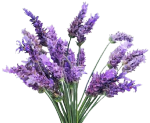
Lavender (Lavandula angustifolia)
This fragrant herb is a must-have for its calming properties, helping to alleviate stress and promote relaxation. It’s also known for its antiseptic qualities and can be used to soothe minor burns and insect bites.
Peppermint (Mentha piperita)
The invigorating aroma and cooling properties of peppermint make it a versatile herb. Its leaves can be used to relieve indigestion, ease headaches, and even as a natural insect repellent.
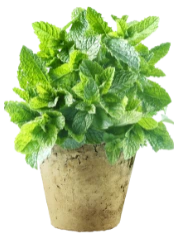
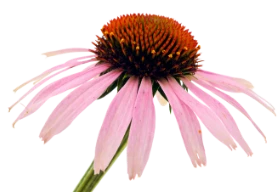
Echinacea (Echinacea purpurea)
Revered for its immune-boosting properties, Echinacea is a powerful ally during cold and flu season. It stimulates the production of white blood cells, helping to fend off infections and shorten the duration of illnesses.
Chamomile (Matricaria chamomilla)
Known as the “calming herb,” chamomile has soothing effects on the mind and body. It aids in relaxation, promotes better sleep, and can be used as a natural remedy for digestive discomfort.

What To Plant For Your Pets: Don't Leave Out Their Needs From Your Medicinal Garden
For Dogs
Calendula (Calendula officinalis)
The invigorating aroma and cooling properties of peppermint make it a versatile herb. Its leaves can be used to relieve indigestion, ease headaches, and even as a natural insect repellent.


Echinacea (Echinacea purpurea)
Echinacea boosts the immune system and can be beneficial for dogs prone to recurrent infections, allergies, or weakened immune responses. It may help in fighting off bacterial and viral infections.
Chamomile (Matricaria chamomilla)
Chamomile is known for its calming properties and can help alleviate anxiety and digestive upset in dogs. It may be used to ease conditions such as upset stomach, gas, and mild gastrointestinal discomfort.

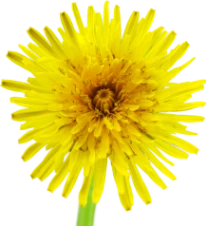
Dandelion (Taraxacum officinale)
Dandelion has diuretic properties and can support kidney and liver health in dogs. It may help with detoxification and aid in relieving conditions such as urinary tract infections and liver congestion.
For Cats
Catnip (Nepeta cataria)
Catnip is famous for its stimulating effect on cats. It can help provide environmental enrichment and relieve stress and anxiety in feline companions. However, not all cats respond to catnip, so observe your cat’s reaction before planting it.
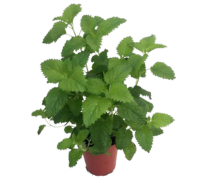

Valerian (Valeriana officinalis)
Valerian root has calming properties and can be used to ease anxiety and promote relaxation in cats. It may help reduce stress-related behaviors and aid in soothing nervousness.
Licorice (Glycyrrhiza glabra)
Licorice root has anti-inflammatory properties and may support respiratory health in cats. It can help soothe irritated throats and assist in managing coughing due to conditions like bronchitis or allergies.
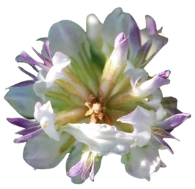

Cat's Claw (Uncaria tomentosa)
Cat’s Claw has immune-stimulating properties and can aid in supporting the overall immune system of cats. It may also have anti-inflammatory effects and can be beneficial for cats with arthritis or joint pain.
Please note that while these plants are generally considered safe for pets, individual sensitivities may vary. It’s always important to consult with a veterinarian before introducing new herbs or plants into your pet’s diet or environment. Additionally, ensure that the plants you choose are grown organically and have not been treated with any pesticides or chemicals that could be harmful to your furry friends.
Planting Your Medicinal Herb Garden Best Practices
Location: Choose a sunny spot in your garden that receives at least 6-8 hours of direct sunlight per day. Herbs thrive in well-draining soil, so ensure proper drainage by amending the soil if necessary.
Seedlings or Seeds: Depending on your preference, you can start your garden from seed or purchase seedlings from a local nursery. Follow the planting instructions specific to each herb, ensuring proper spacing to allow for growth.
Watering and Maintenance: Most medicinal herbs prefer moderate watering. Keep the soil evenly moist, but not waterlogged, and water your garden in the morning to allow excess moisture to evaporate.
Harvesting and Storage: Regularly harvest the leaves or flowers of your herbs once they have matured. Dry them in a well-ventilated area away from direct sunlight, and store them in airtight containers to preserve their potency.
Embarking on the journey of creating your medicinal herb garden is like stepping into a realm where ancient wisdom and modern wellness intersect. As you cultivate these potent plants, you connect with a timeless tradition that spans cultures and generations.
From soothing lavender to invigorating peppermint and immune-boosting echinacea, each herb offers a unique gift for your well-being. So, embrace the magic of medicinal herb gardens and let nature’s medicine bring joy, healing, and vibrancy to your life and the lives of your loved ones.
Remember to always consult with a qualified healthcare professional before using medicinal herbs for any health-related purposes.











